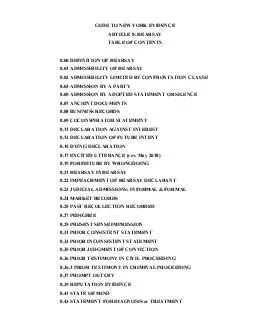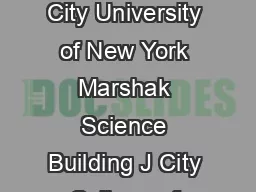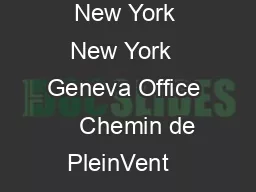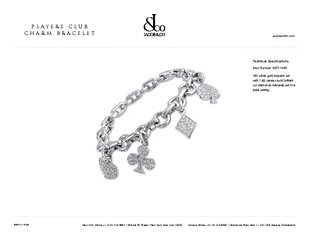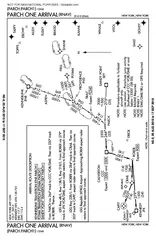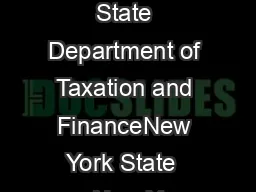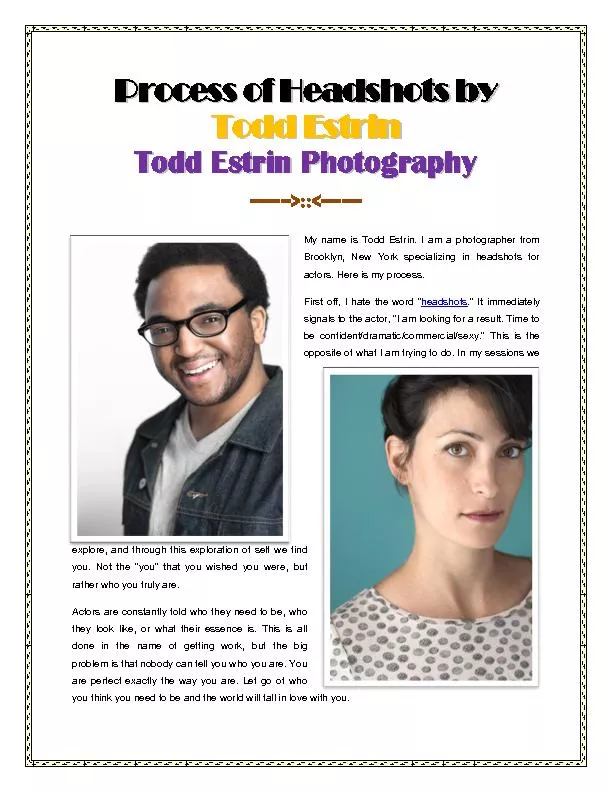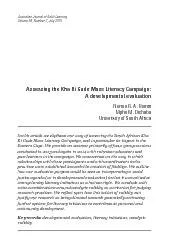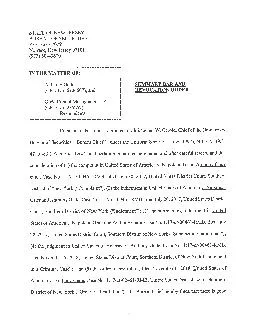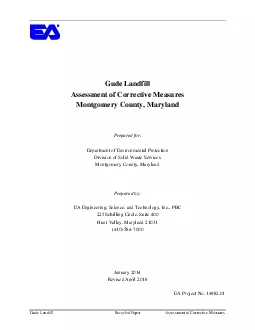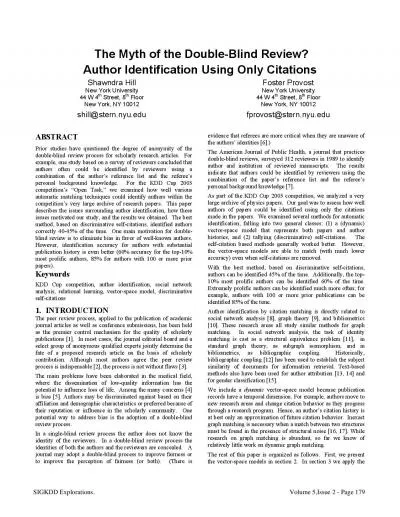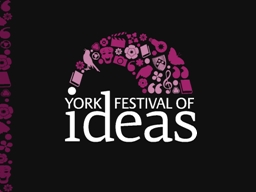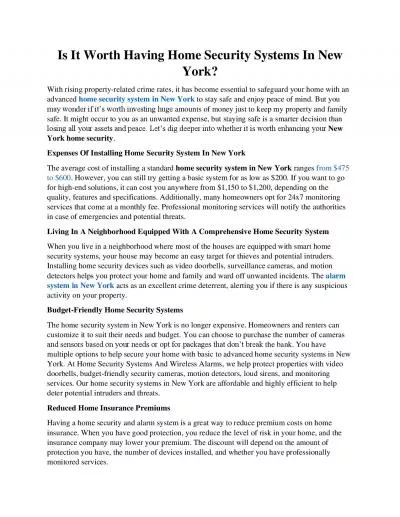PDF-GUDE TO NEW YORK EVIDENCE
Author : susan2 | Published Date : 2021-10-07
ARTICLE 8 HEARSAY TABLE OF CONTENTS 800 DEFINITION OF HEARSAY 801 ADMISSIBILITY OF HEARSAY 802 ADMISSIBILITY LIMITED BY CONFRONTATION CLAUSE 803 ADMISSION BY A PARTY
Presentation Embed Code
Download Presentation
Download Presentation The PPT/PDF document "GUDE TO NEW YORK EVIDENCE" is the property of its rightful owner. Permission is granted to download and print the materials on this website for personal, non-commercial use only, and to display it on your personal computer provided you do not modify the materials and that you retain all copyright notices contained in the materials. By downloading content from our website, you accept the terms of this agreement.
GUDE TO NEW YORK EVIDENCE: Transcript
Download Rules Of Document
"GUDE TO NEW YORK EVIDENCE"The content belongs to its owner. You may download and print it for personal use, without modification, and keep all copyright notices. By downloading, you agree to these terms.
Related Documents

